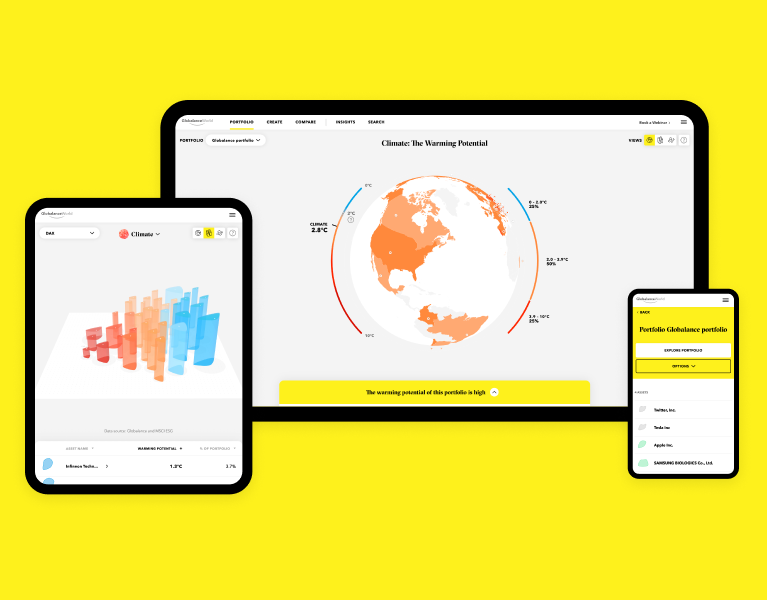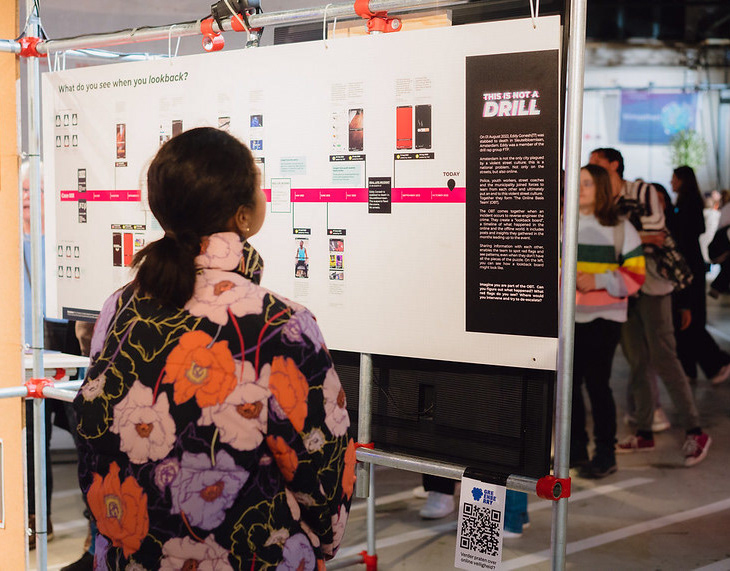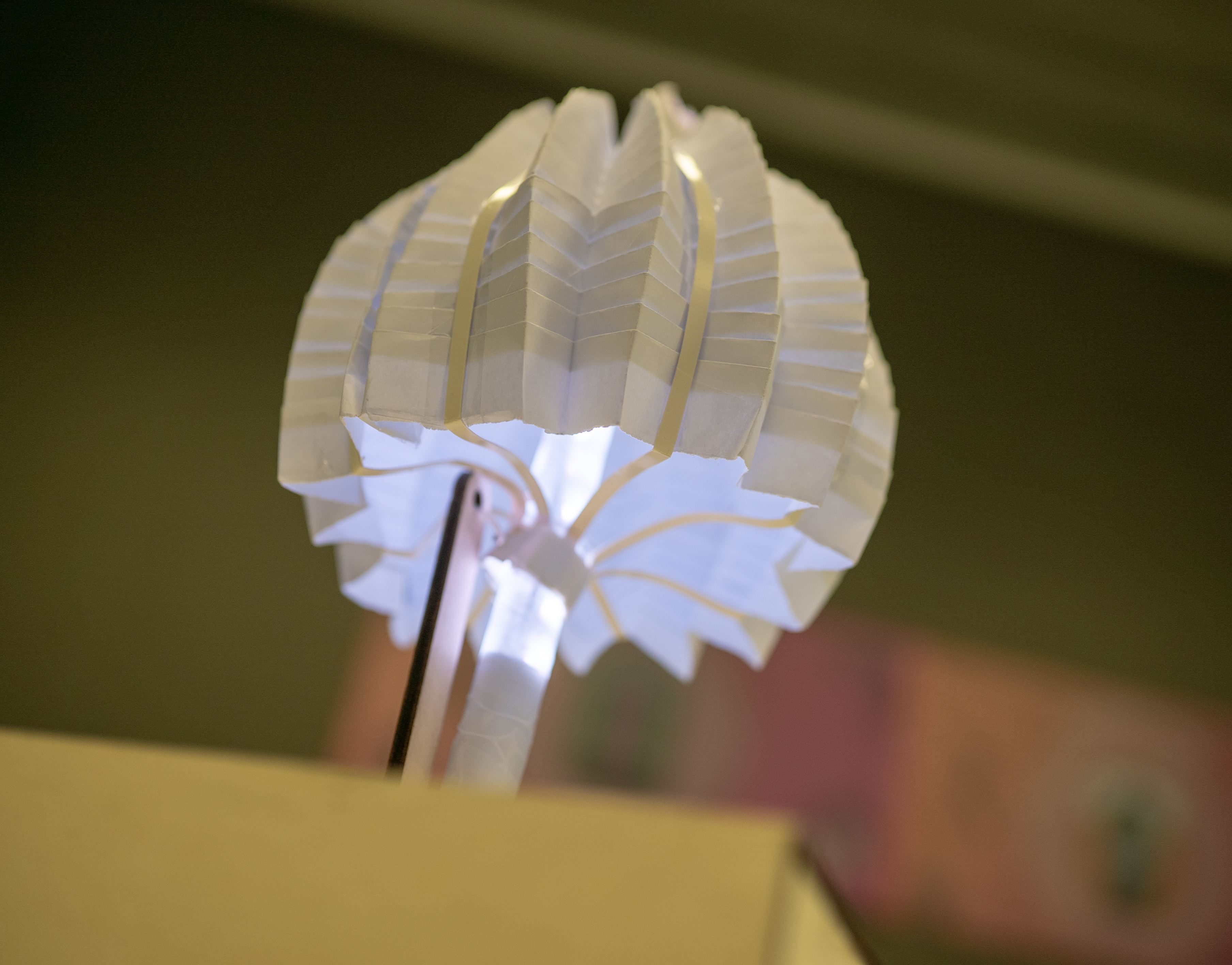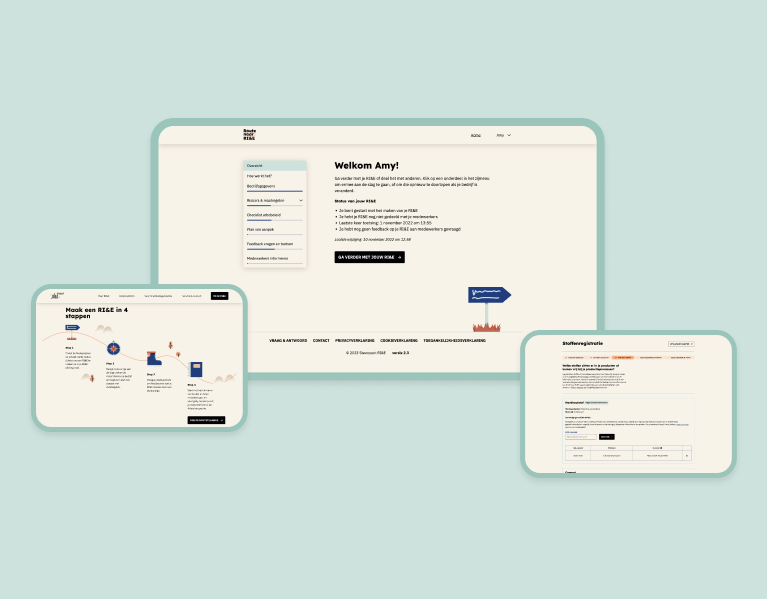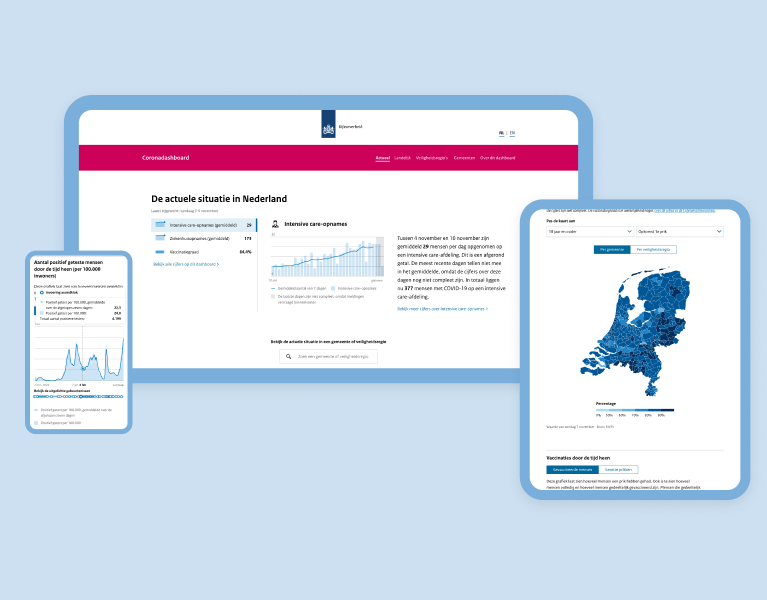Role: UX Research & Design, (co) Project lead & management
Client: Onconet
Duration: 18 weeks
This project was done during the master Digital Design
Onconet is a foundation striving to improve the quality and accessibility of physiotherapy for people who want to stay or become fit during and after cancer treatment. They researched the effects of physical activity during chemotherapy and found that it’s very beneficial during chemotherapy. It turned out that people with breast cancer who follow a supervised exercise program during chemotherapy can preserve their physical fitness, limit fatigue and other symptoms, and increase the chance of chemotherapy completion.
They came to us with the question to improve the quality of life of people with breast cancer, by helping them be more active at home and improve the communication with their physiotherapist. We thought that people with breast cancer don’t want to be active. But instead we learned that they do want to, but they feel like their disease is in control of when they are active. They want to get out of bed to play with their children, but their chemo is making them feel so tired that they feel like they can’t.
We also learned that before every physiotherapy session, the physiotherapist discusses what someone has been doing at home and how she has been feeling. This way the physiotherapist can tailor and improve the care that they give. However, it’s hard for the patient to remember and communicate everything that has happened.
I created an affinity diagram of all our research
Because this is a sensitive topic and target audience, we filled in an ethical disclaimer from ethicsfordesigners.com/ to think of unethical situations and decide what we’ll take responsibility for as designers.
These insights brought us to the following design challenge: How can we make people with breast cancer feel more in control of their exercise program and improve the communication of data with their physiotherapist through an engaging service?
We defined “making them feel more in control” as:
People with breast cancer feel like their disease is taking control of how they feel and what they can do. Their disease is the one that decides how active they can be. We want to make them feel more in control by giving them the information about what they can do while feeling sick, so that they can be the one to decide how active they will be.
People with breast cancer feel like their disease is taking control of how they feel and what they can do. Their disease is the one that decides how active they can be. We want to make them feel more in control by giving them the information about what they can do while feeling sick, so that they can be the one to decide how active they will be.
On top of that, we want to help them communicate their symptoms and feelings with their care takers so that they can feel more involved and more in control with the care they receive.
Sketches
Through a lot of brainstorming, desk research, interviews, a survey, a contextual inquiry and a user panel we came to the following concept:
Imagine having a coach that listens to you, gives you a personalized goal that you can achieve and motivates you through your journey. That’s Luna, an application designed for people with breast cancer. Luna is there for you during and after your treatment, making you feel more control over your exercise program and the care you receive.
I created the wireframes of the app and, to improve the user experience and flow, three user flows.
User flow - A day in the life
User flow - first time to the physiotherapist
User flow - to the oncologist
Inviting, friendly, happy and motivating
We wanted the style of the application to be inviting, friendly, happy and motivating, but at the same time strong and confident. The app shouldn’t feel clinical at all. That’s why we chose to use a lot of colours and use natural shapes.
Moodboard
Meet Luna. Luna is there for you during and after your treatment, making you feel more control over your exercise program and the care you receive.
Fill in your daily wellbeing
The user has to fill in regularly how she feels mentally and physically. To improve this experience, we used visual elements as an input method.
Personalized daily advice to motivate you
The information the user provides generates an advice on what she can do to feel better. We learned that many people with breast cancer would like to get more advice about being physically active during treatment and could sometimes use some support or motivation. This screen is designed to not only motivate the user, but also give them a feeling of having control over how they feel.
Your diary for during and after your treatment
We learned that it can be demotivating and confronting to open a tracking app on days that you feel really bad, because it shows you how little you moved. That’s why our target audience doesn’t use tracking apps on their bad days. We decided to focus on the positive, by showing you what you already did instead of how far you are from your goal.
Never forget what to discuss during an appointment
The user is going through a stressful time and it’s hard to remember everything that she feels and does. That’s why we designed the possibility to add cards to a certain appointment to create a topic list to discuss with your physiotherapist or physician.
Keep track of everything
We designed the journey page to give the user more insights about what effects their feelings mentally and physically. For example, their new chemo or how active they have been. They could use this information to discuss with their physiotherapist or learn from it.
